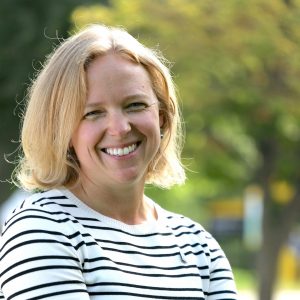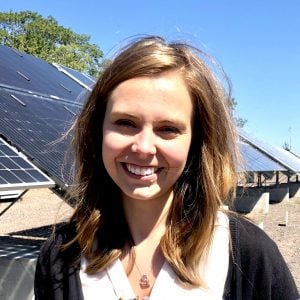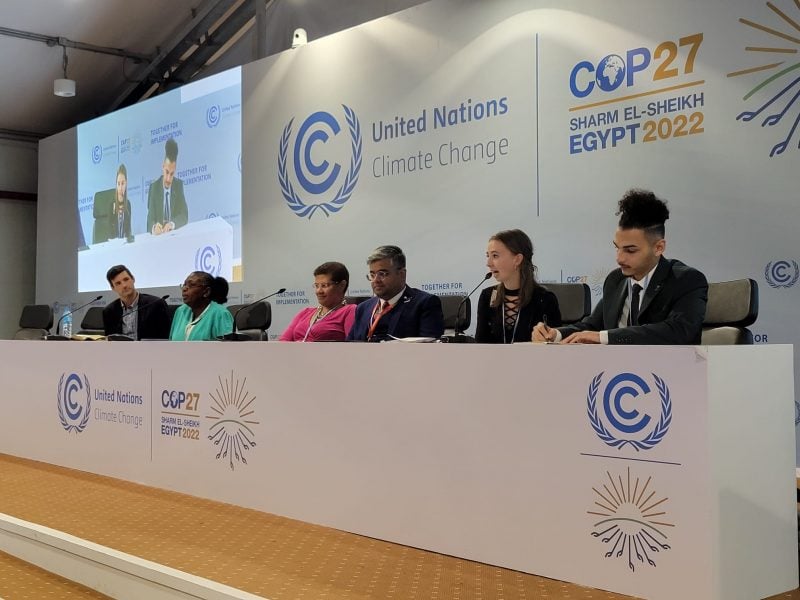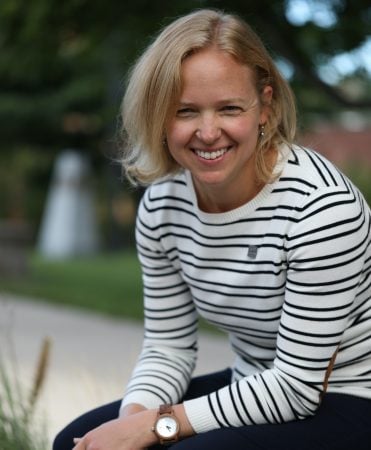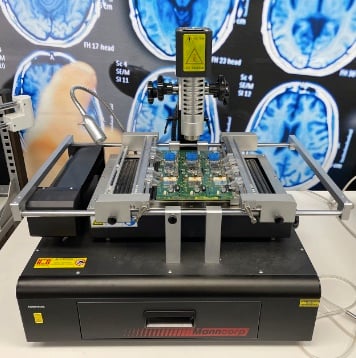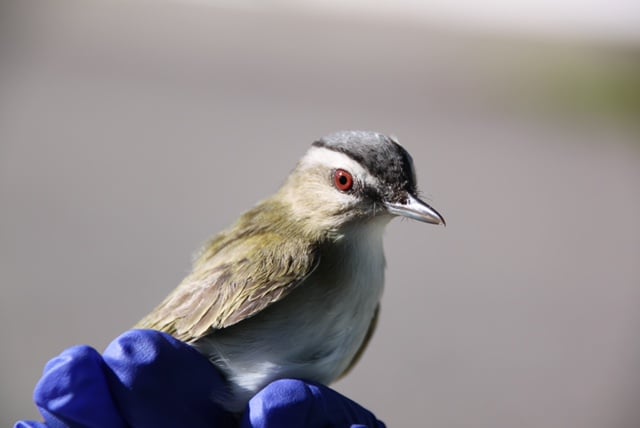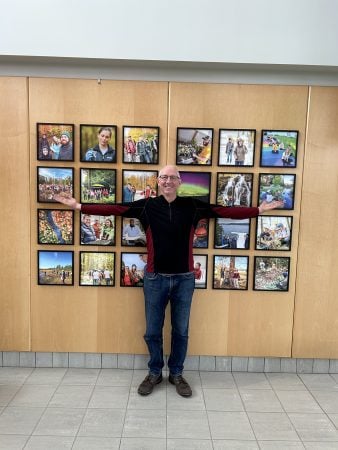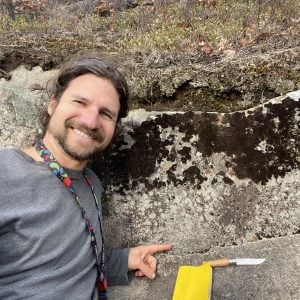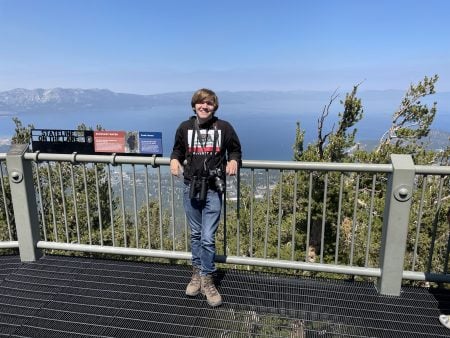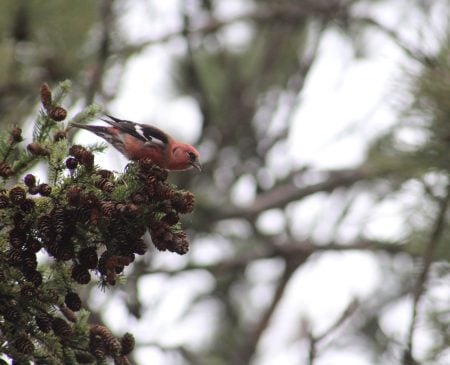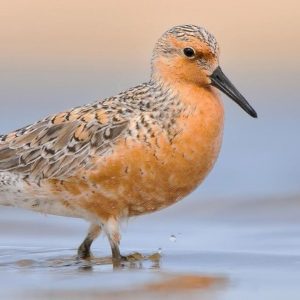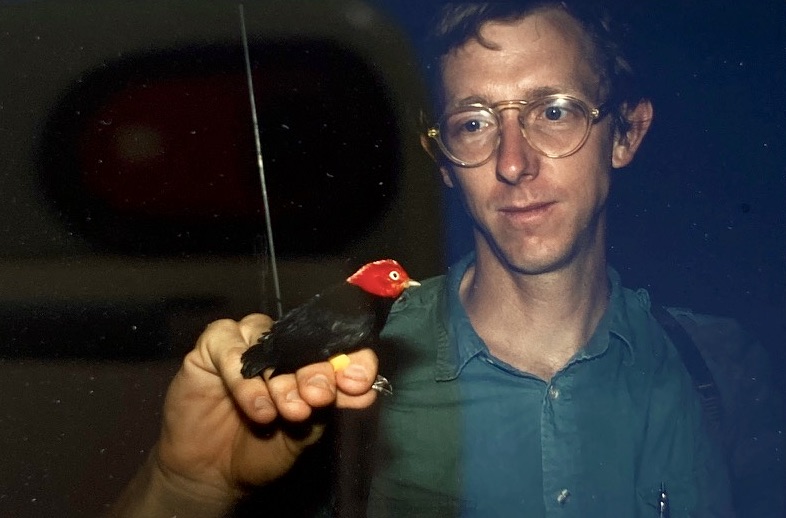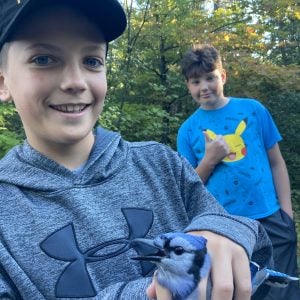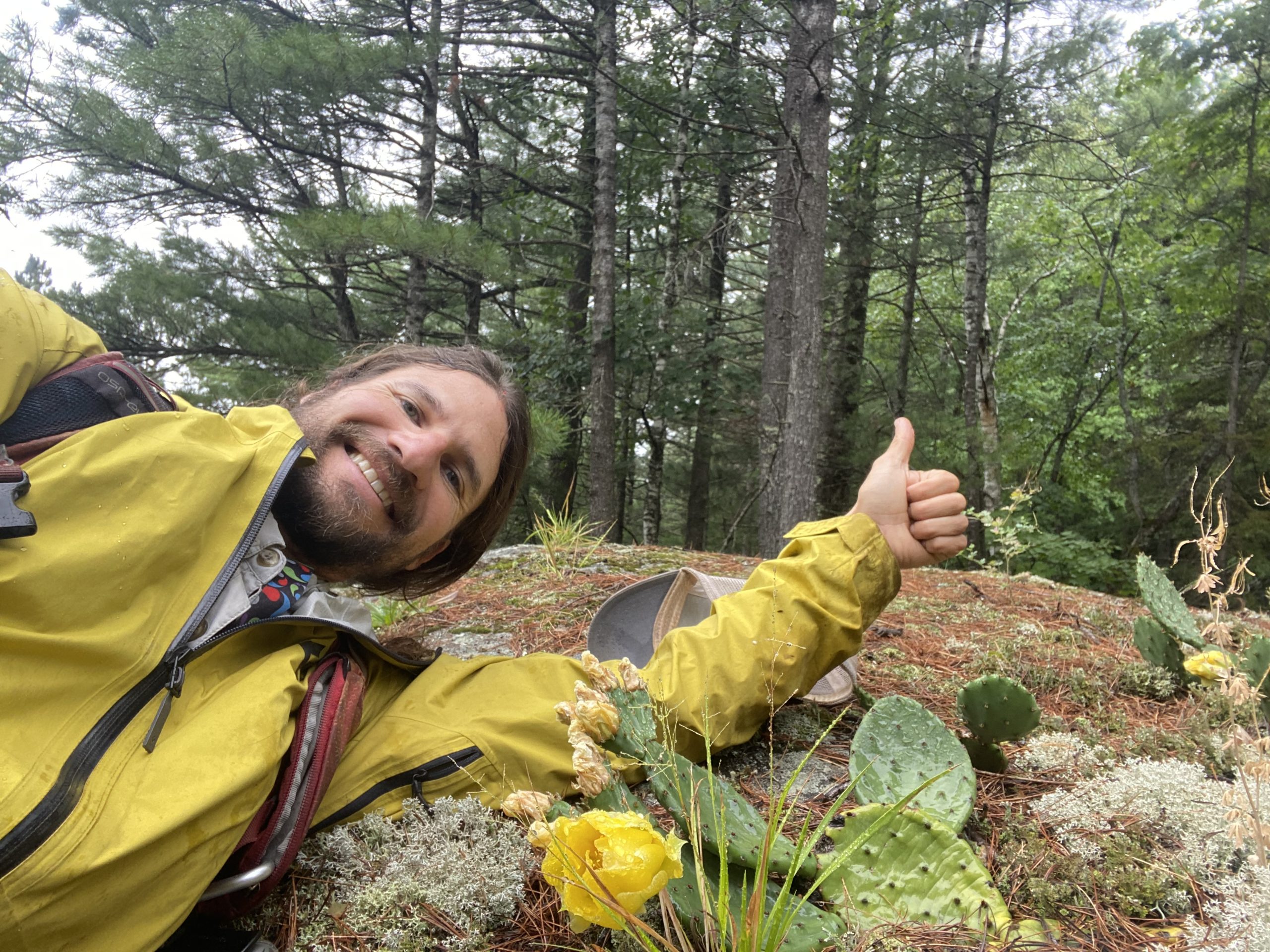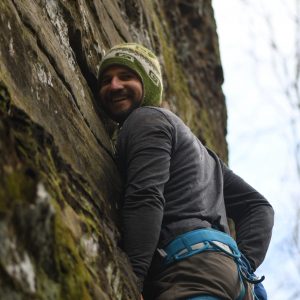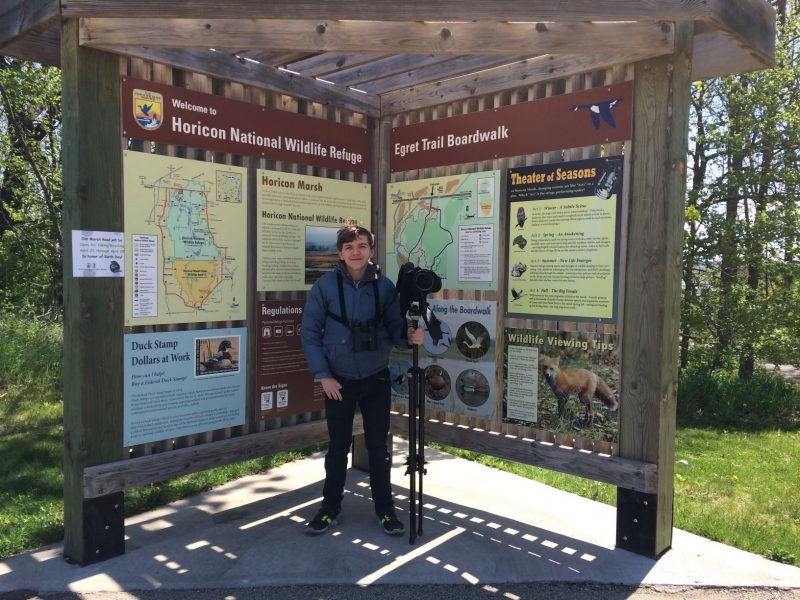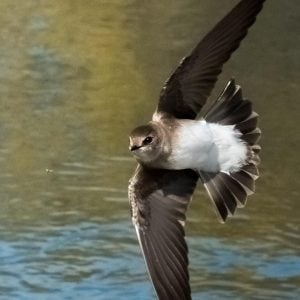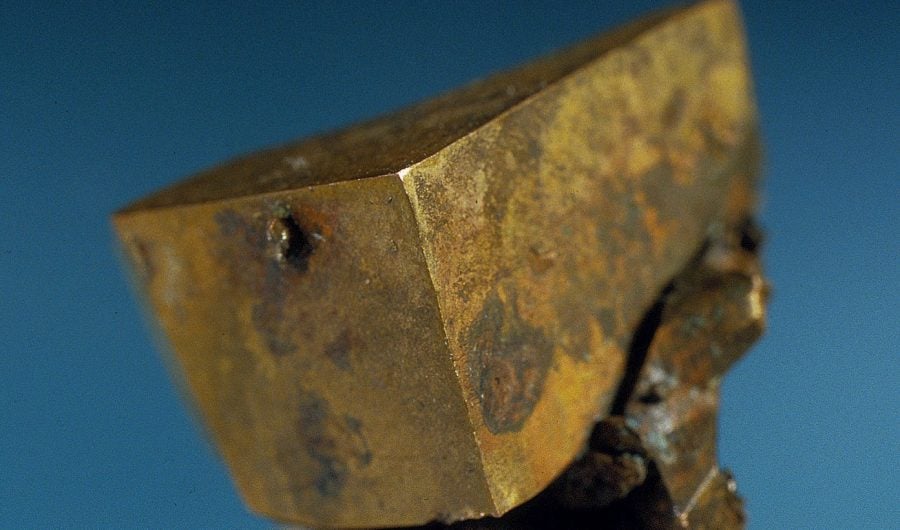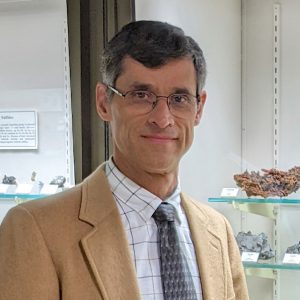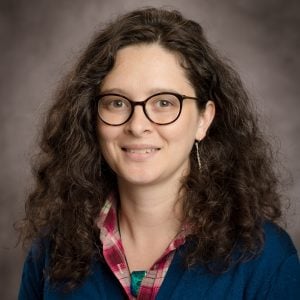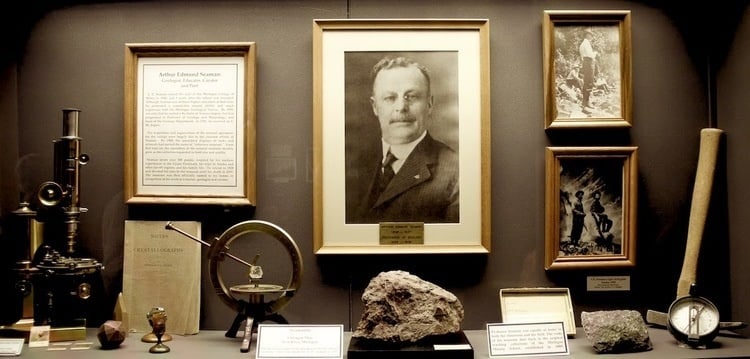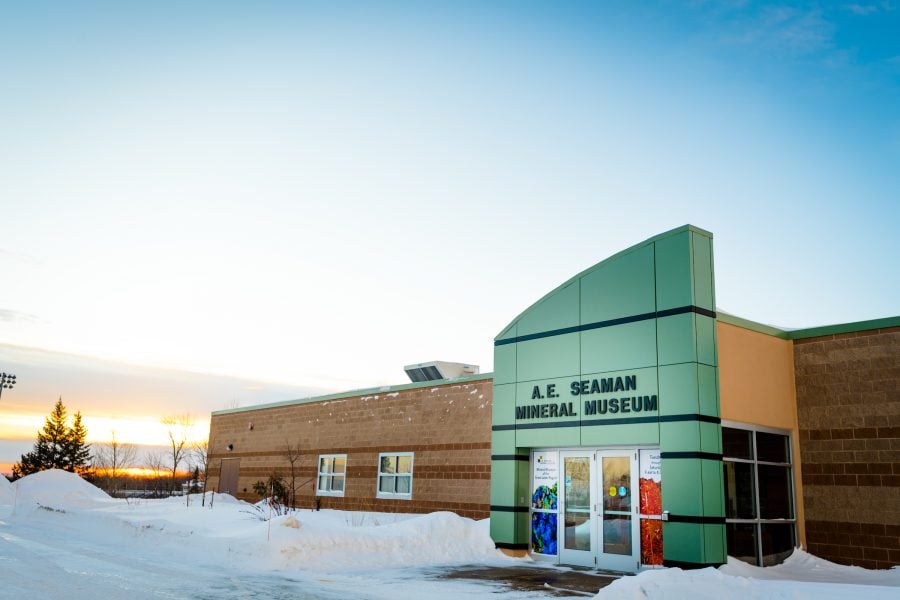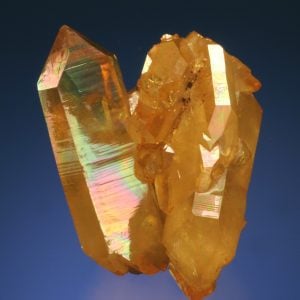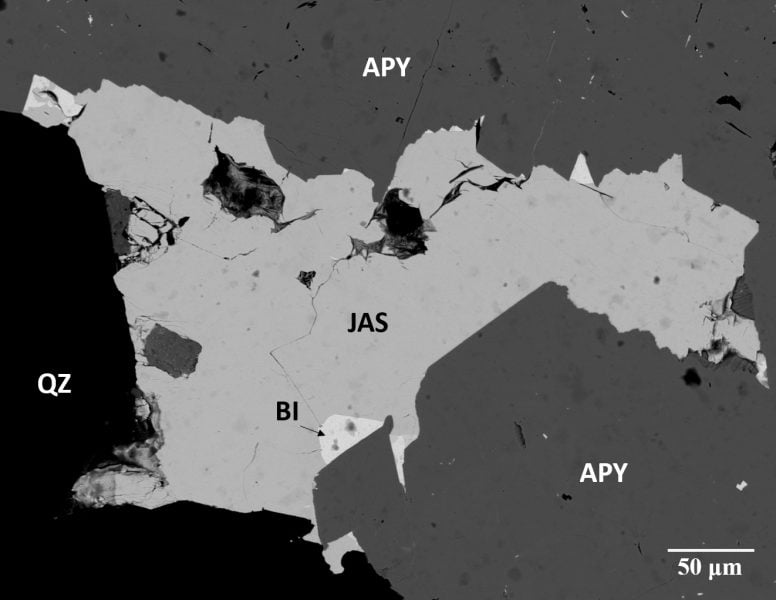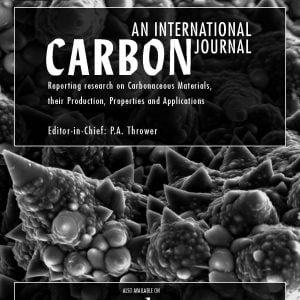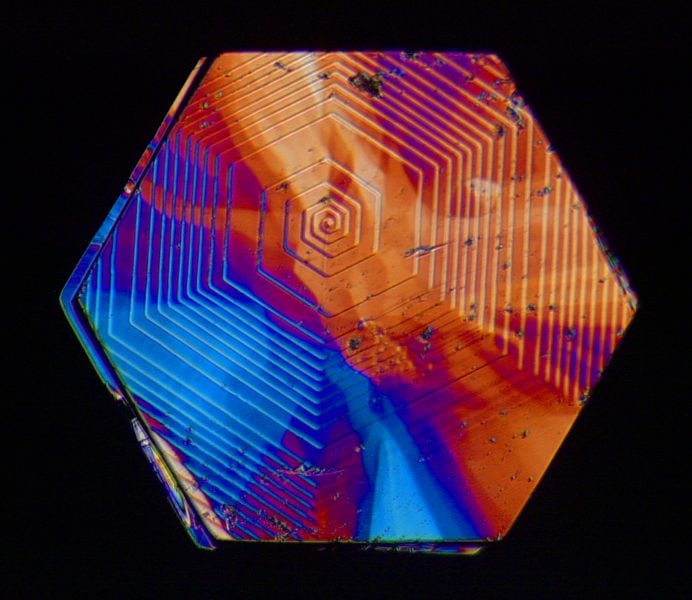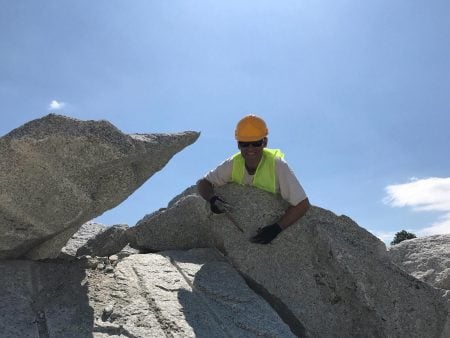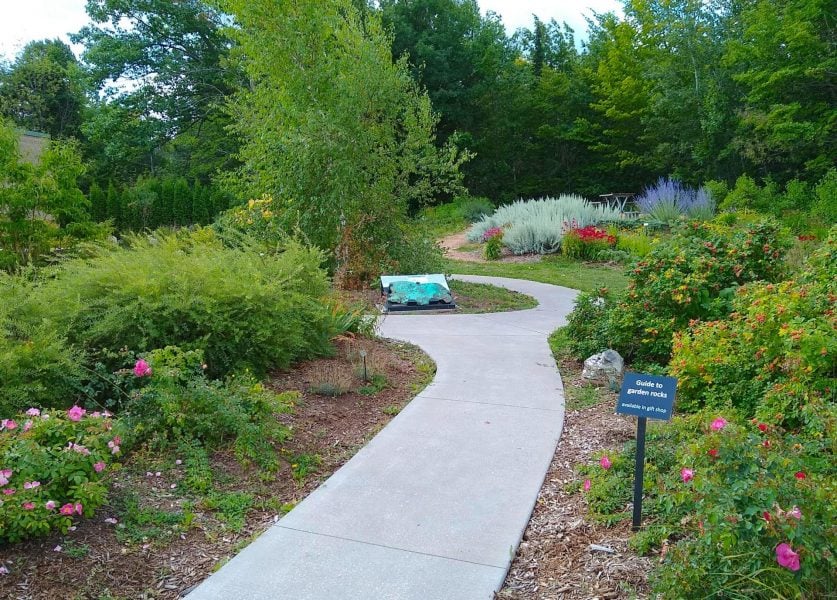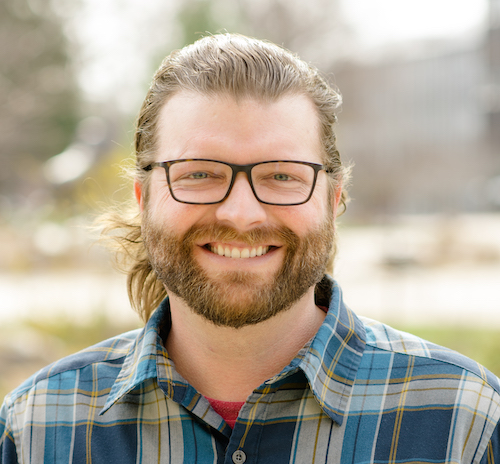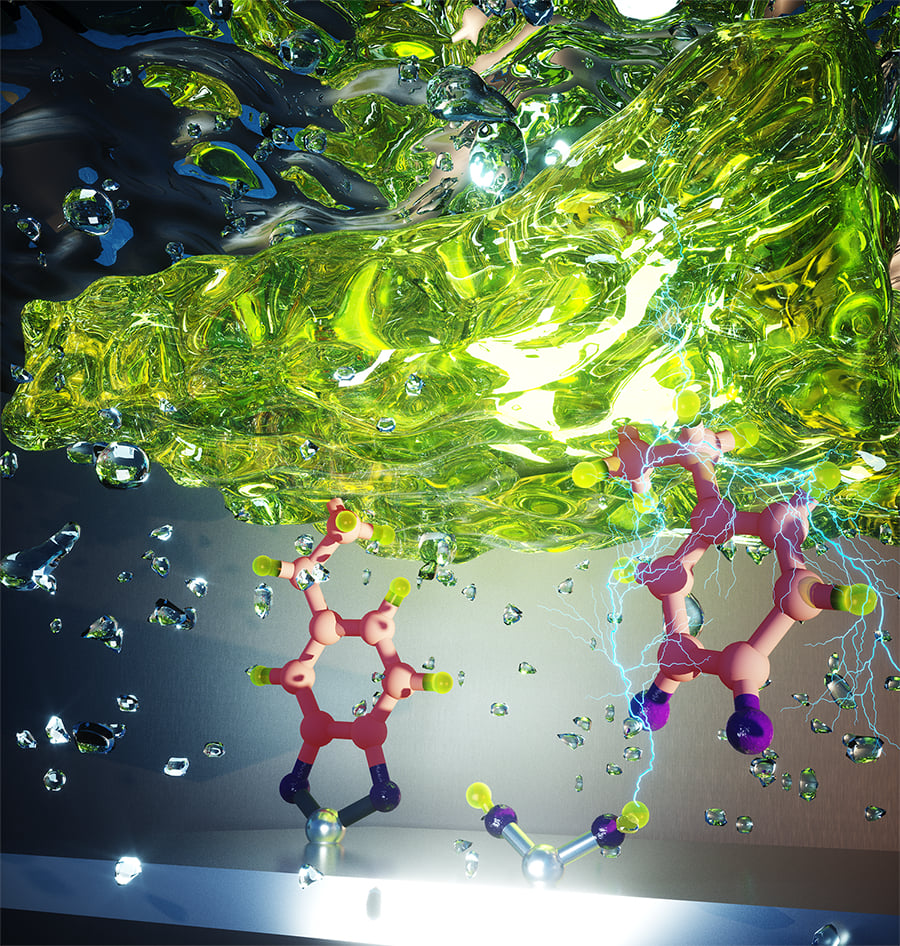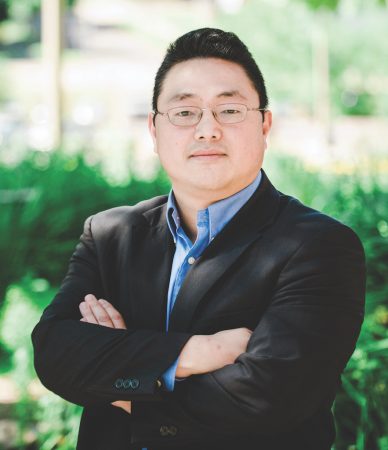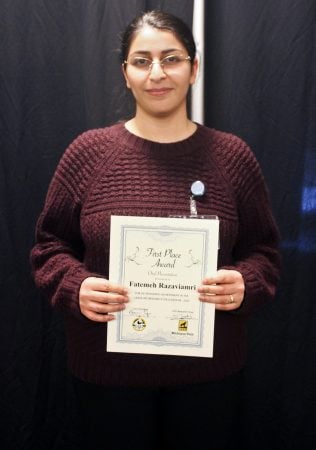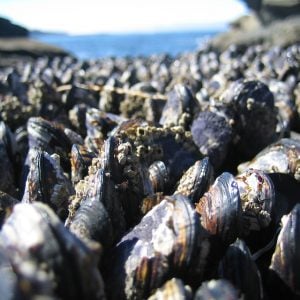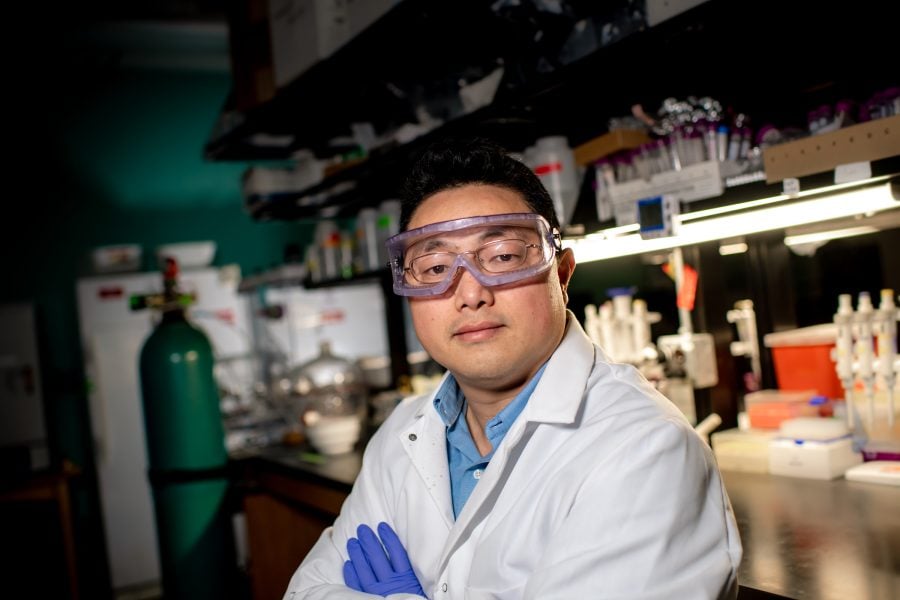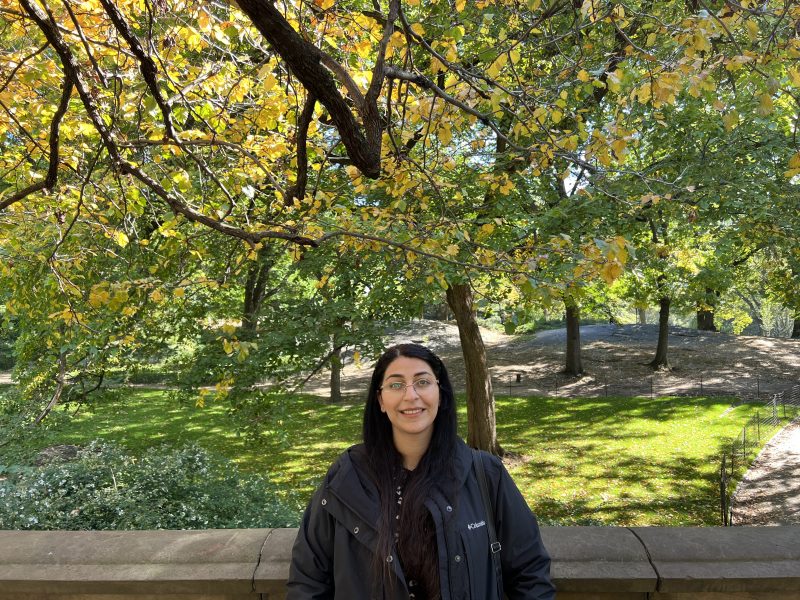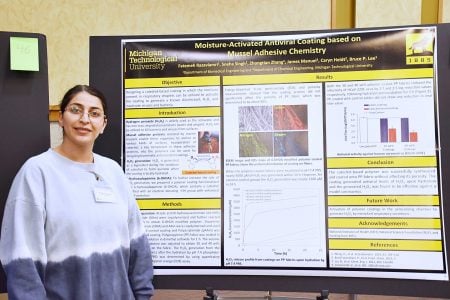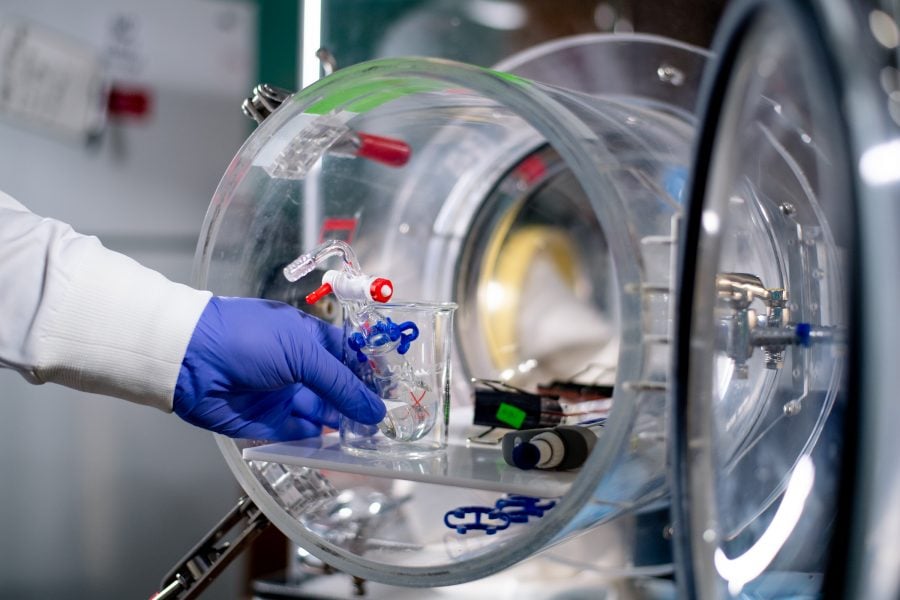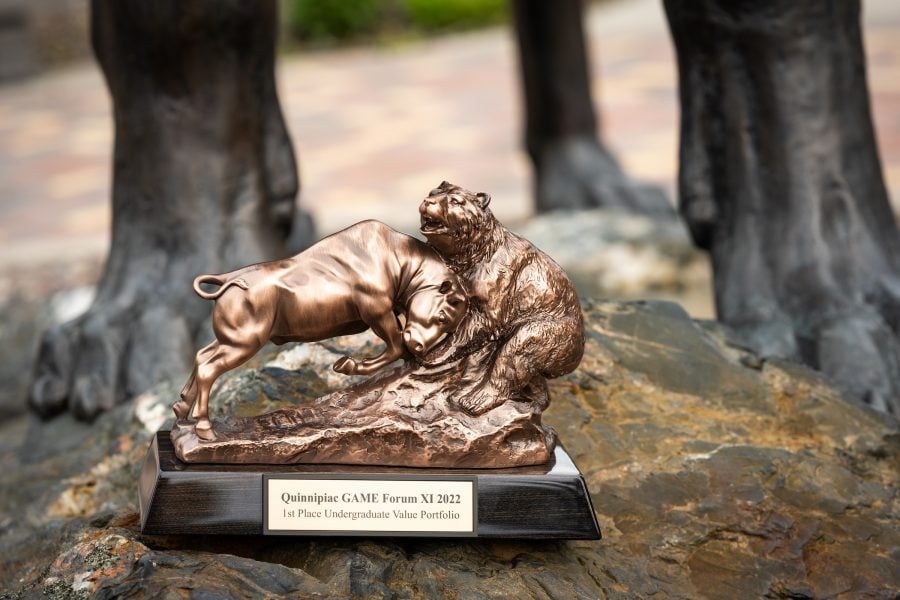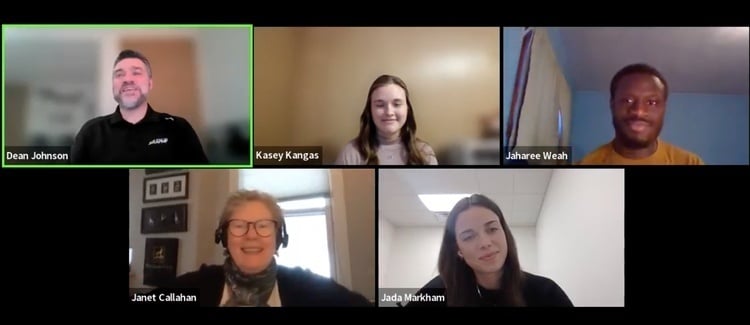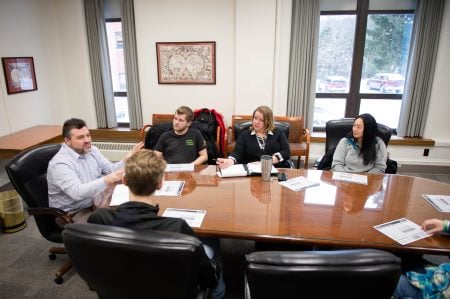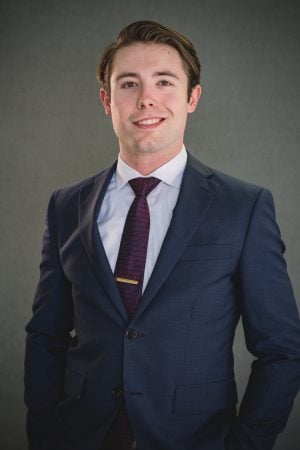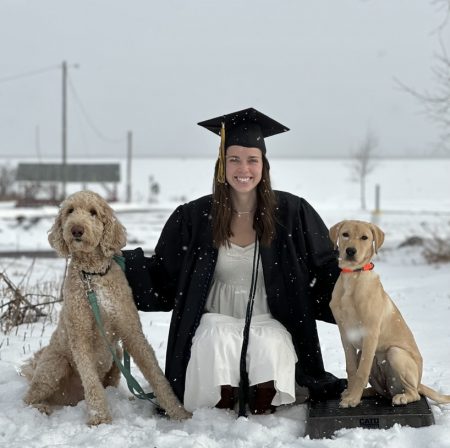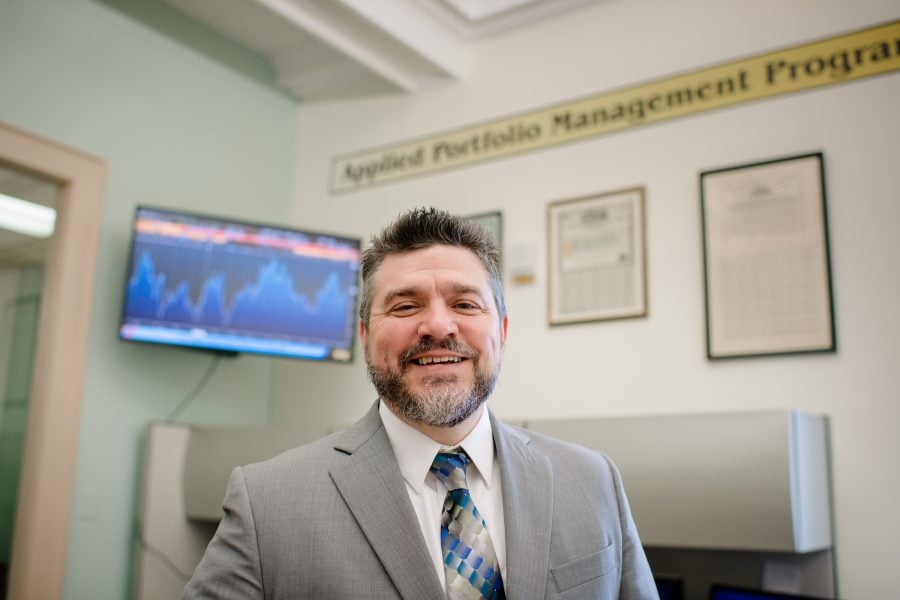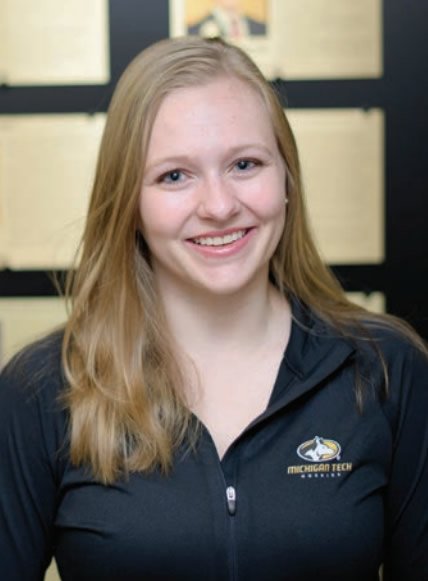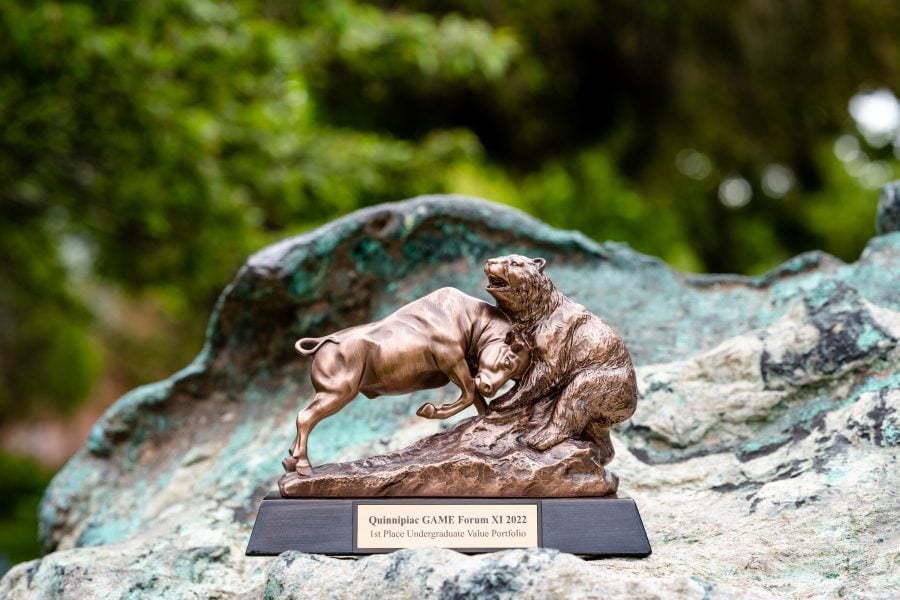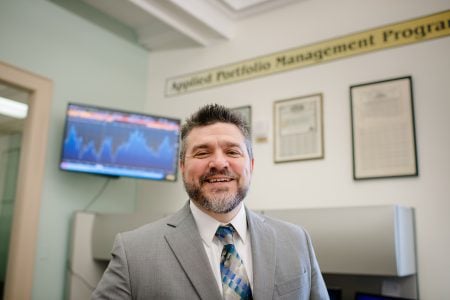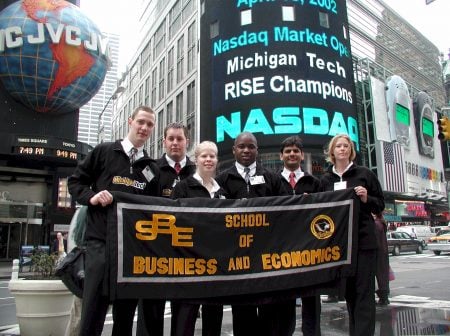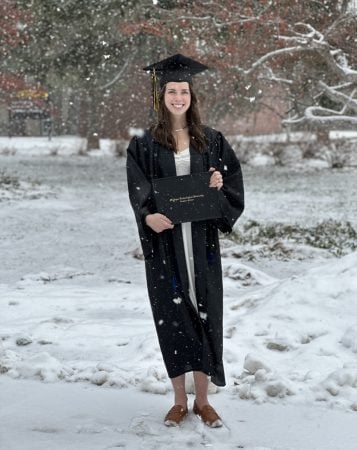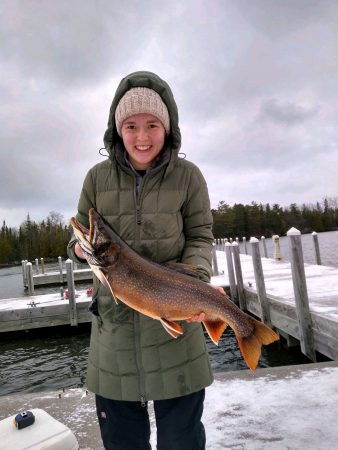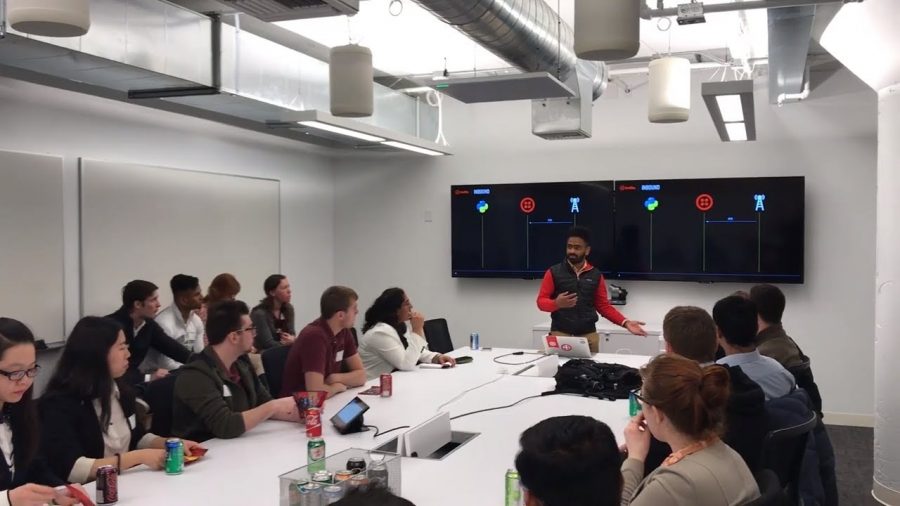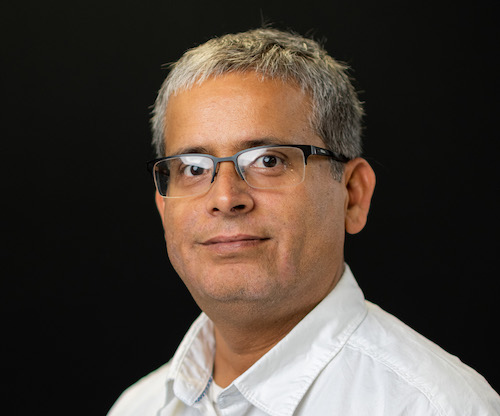
Radheshyam Tewari, associate teaching professor from the Department of Mechanical Engineering-Engineering Mechanics (ME-EM) has been selected as the featured instructor this week in the Deans’ Teaching Showcase.
Tewari will be recognized at an end-of-term event with other showcase members and is a candidate for the CTL Instructional Award Series.
Tewari is an extremely versatile instructor, excelling in teaching many different ME-EM courses that vary by type, size and level. He contributes significantly to developing, revising and improving courses, curricula and programs. Examples include developing and substantially revising several senior elective and graduate-level face-to-face and online courses, such as ME4695/5695 Additive Manufacturing, ME4650/5650 Quality Engineering, ME5670 Experimental Design in Engineering, ME4665/5655 Lean Manufacturing, and ME4655/5656 Production Planning.
These courses are very popular and highly subscribed, which reflects Tewari’s passion for continuously improving courses. To make his courses more applied and the student learning more active, he incorporates industry-based projects in ME5650, research-based projects in ME5670, and hands-on manufacturing process simulation-based projects in ME5655.
“Radheshyam has always done a great job in the classroom,” said Jason Blough, chair of ME-EM. “Because of this, many of his courses are at capacity every time he teaches them. Students are drawn in due to his reputation, passion and commitment. He is completely committed to the students and does a great job each and every day.”
Tewari’s teaching has led to students’ increased interest in the minor in manufacturing. Since 2014, the number of students completing the minor have quadrupled. His dedication and efforts in developing and improving curricula and programs also led to the creation of the Graduate Certificate in Quality Engineering. This has become the most popular certificate among those offered by ME-EM and is one of the five programs across campus selected by the Michigan Tech Global Campus to highlight.
Dean Janet Callahan is grateful for Tewari’s work. “I want to thank Radheshyam for being so passionate about the quality of his instruction and the associated student learning,” said Callahan. “The online offerings are strong additions to what our graduates learn and then apply in their workplace, which in turn advances the company’s competitiveness. It’s a win for everyone.”
The passion and motivation Tewari brings to his teaching is very evident to his students. Not only does he regularly receive strong course evaluations, but his teaching and mentoring frequently leave lasting impressions. As one student noted, “I want to let you know of the huge impact you have had on my life. You are a great teacher, and you made our basics strong and imprinted some great manufacturing knowledge in us. I’ve been in the manufacturing industry for the last two and a half years, and everywhere I go I share some of the knowledge I learned from you. Thank you for being an amazing coach and having such a significant impact in my life.”

